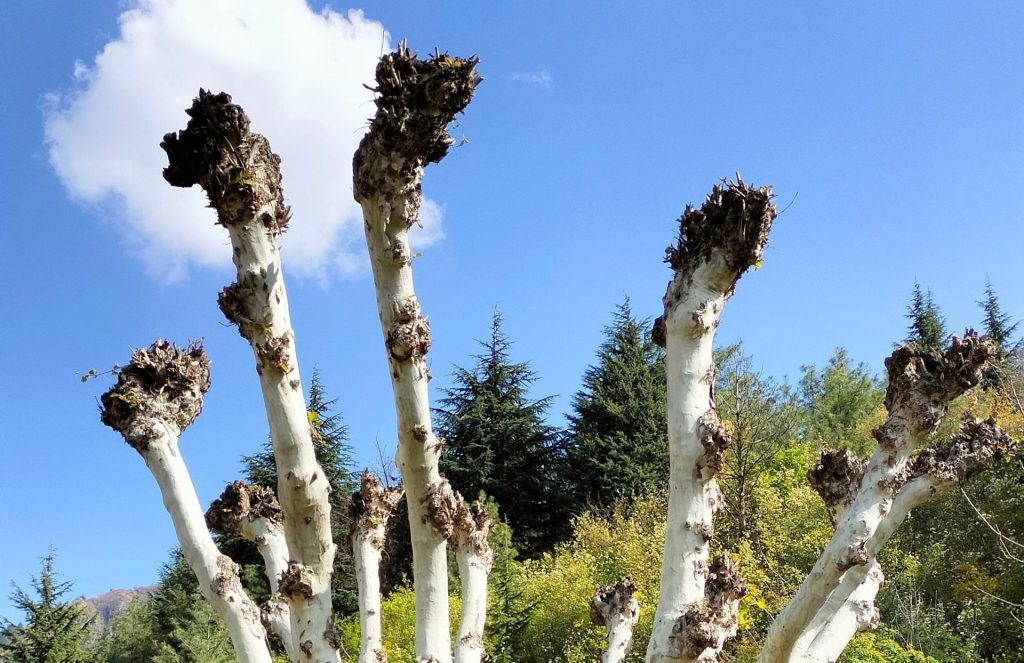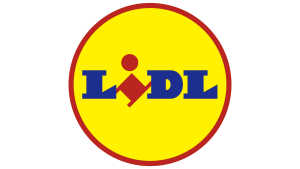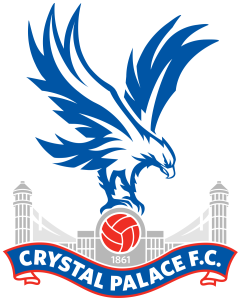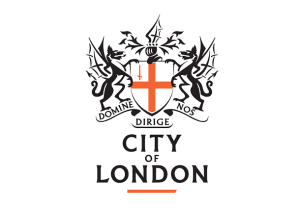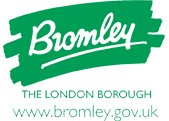The best gardens have had care and time spent on them in abundance. While sometimes that comes from exciting projects like planting a new bush or tree, sometimes it’s about maintaining your outdoor space and ensuring every grower has the right conditions to thrive. And nowhere does this ring more true than in the case of pollarding, coppicing and pruning.
In this post, we’ll talk through these three types of tree and bush care in more detail, explaining the differences and similarities between them. We’ll also cover which types of plant benefit from the different approaches, as well as some tools you might need to get the job done.
Why maintain my plants?
While some gardeners prefer a wilder space that tends to manage itself, it’s important to remember that plants are always in competition with each other for light, water and nutrients. And, sadly, where one plant thrives, often another dies. That’s why careful pruning, coppicing, pollarding and other tree management can help your garden look its very best – so every plant has its space to shine.
What happens if I don’t maintain my plants?
Leaving plants, trees and shrubs to grow naturally can cause all kinds of problems, such as:
- Spread of rot, disease and pests
- Competition for resources
- Problems with light and shade
- Issues with boundaries and foundations
If you’re finding that managing your garden is getting overwhelming, it might be time to call in the specialists. You can find ones in the South London and Bromley area by giving us a call today.
What tools will I need?
It depends on the approach, but you’ll typically need:
- Secateurs: With a scissor-like action, bypass secateurs are ideal for soft stems and close-up jobs. Alternatively, anvil secateurs use a crushing action to tackle thicker, woodier stems. You can also get long-handled secateurs for high-to-reach areas.
- Shears: These clip, cut and tidy with ease, and some are telescopic (extendable). Thin stems are best for these, and they’re a useful tool if you want to shape a shrub at the same time as cutting it back.
- Saws: Pruning saws are an ideal piece of kit for DIYers. These are serrated, and cope with small-sized branches with a back-and-forth action. Alternatively, bow saws can be used for thicker branches.
What is pollarding?
First, let’s address pollarding. This age-old technique was even used during ancient Rome, and it’s still widely in use today. Originally, it was used to feed animals or grow wood. If trees were pruned enough that their leaves would grow thicker, it helped to provide food for livestock. Whereas, with more lengthy intervals between pruning, the trees would grow more upright, so wood could be used for construction.
The science behind pollarding is simple – it keeps trees in a ‘juvenile state’ which can actually help them live longer. Today, though, pollarding is mainly done for ornamental reasons.
What about coppicing?
Incredibly, some trees can entirely regrow from a stump. So, for woodland management in some parts of the country, woods will be coppiced down to a stool, then harvested again a few years later. It’s also something seen commonly in the South of England – close to areas we serve here in South East London.
Coppicing can not only benefit regrowth, but if cycled through trees in a wooded area, can also help to provide habitats as trees are at different ages and stages.
Like pollarding, coppicing is a way of keeping the tree in a ‘juvenile state’, and judging by the rings on many tree stools, some trees have been successfully coppiced for hundreds of years. It’s not quite known when the practice of coppicing began, but as it produces distinctive stems that are curved at the base, it can be easy to spot a coppiced tree even once it regrows.
Where does pruning come in?
Pruning is the art of cutting back, and sometimes shaping, all manner of bushes, trees and shrubs. It’s a more selective approach that tends to remove only the parts of the plant that are damaged, diseased, dead or overgrown. It can help to control or direct growth, boost health, prep for fruit and flowers, make plants safer, and even counteract problems like light and shade.
Which trees benefit from pollarding?
Trees that do well as pollards include:
- Beeches
- Oaks
- Maples
- Acacias
- Horse Chestnuts
- Mulberries
- Willows
- Yews
Generally, it’s not recommended to prune trees like conifers in this way. The types that do the best tend to be broad-leaf trees.
Which trees should I coppice?
There are plenty of trees that can be coppiced successfully, even over decades and centuries. These include:
- Birch
- Oak
- Willow
- Hazel
- Ash
- Sweet chestnut
- Alder
What about pruning my garden?
Finally, a look at which plants can be pruned. Most commonly, these are:
- Roses
- Fruit trees
- Grapevines
- Hedges
However, almost any plant can grow successfully following targeted pruning.
Why should I invest in professional pruning?
At TreesUK, we don’t want any homeowner to struggle with the trees, plants and bushes on their land. That’s why we offer a range of arborealist services in South East London and Bromley. When hiring an expert like us, you can expect that we have:
- Knowledge of exactly what to cut where, and how to do it effectively
- Safety know-how for the tree and surrounding area
- Appropriate tools and equipment for all sizes of job
- The ability to scale tall trees and manage small plants alike
- The ability to identify problems such as rot or pests
- Experience in predicting where branches will fall and what may pose a danger
Talk to our tree surgeons to find out more.

